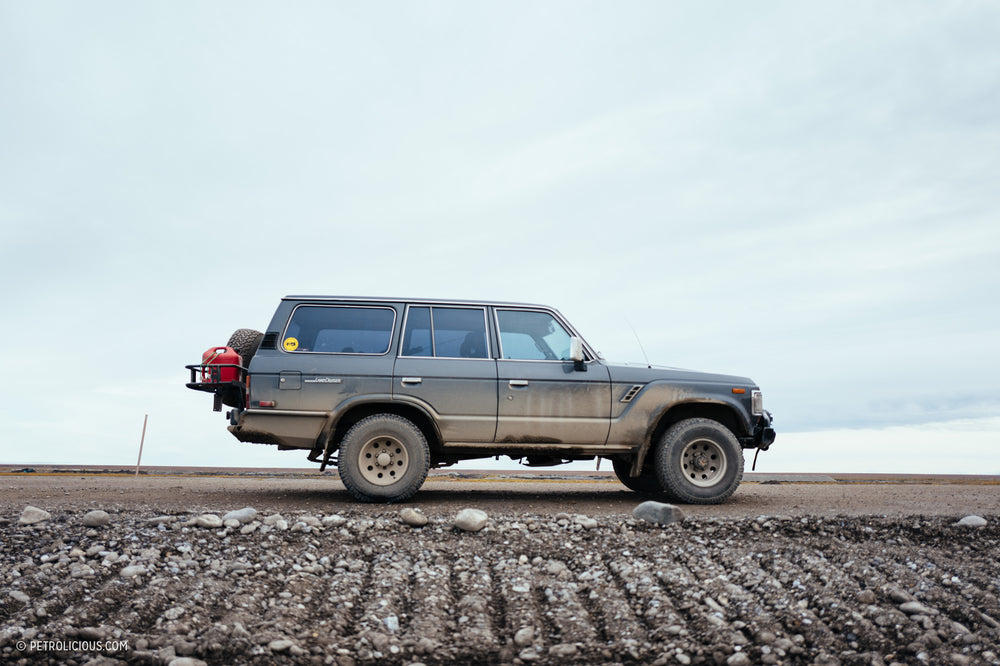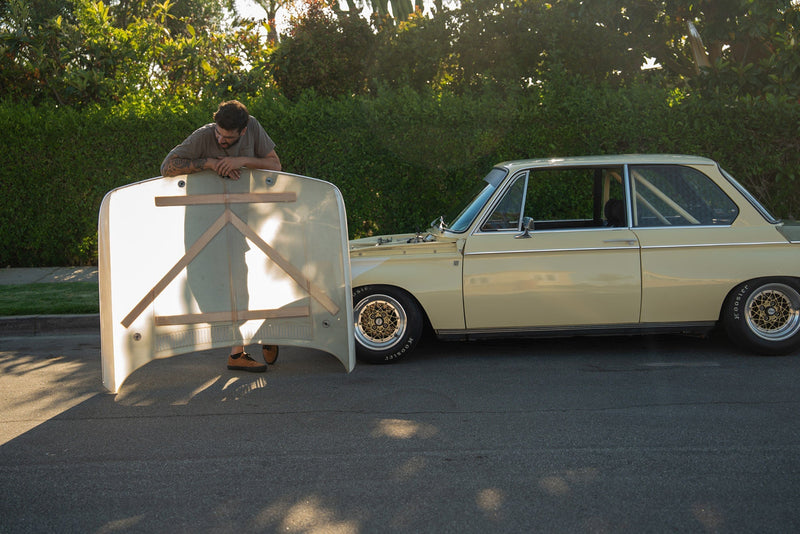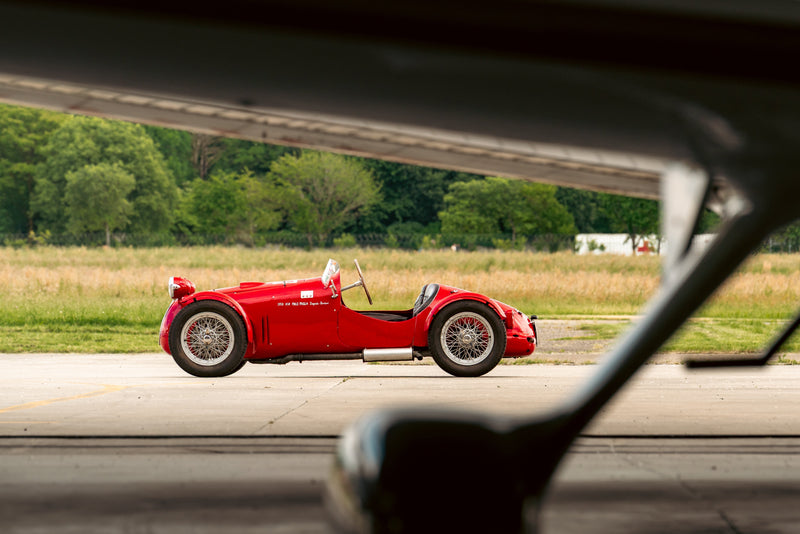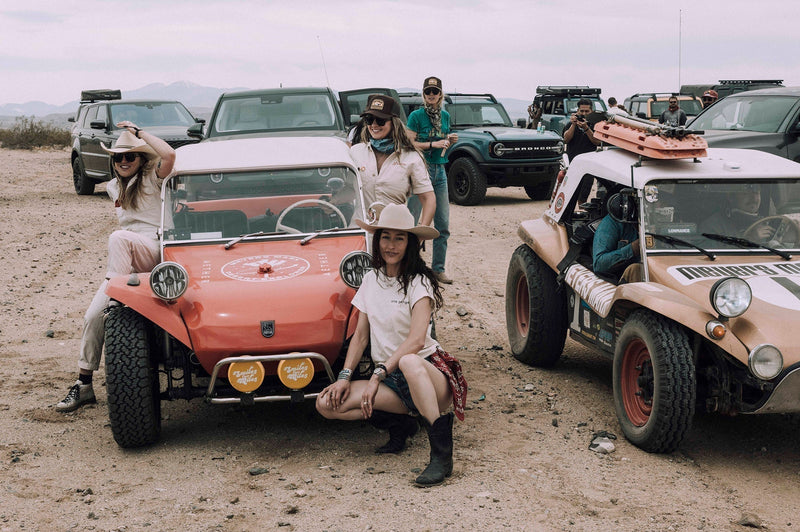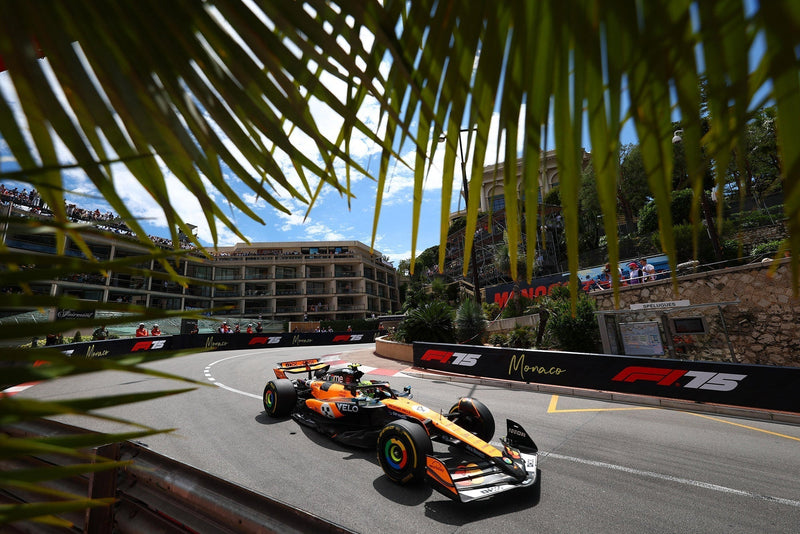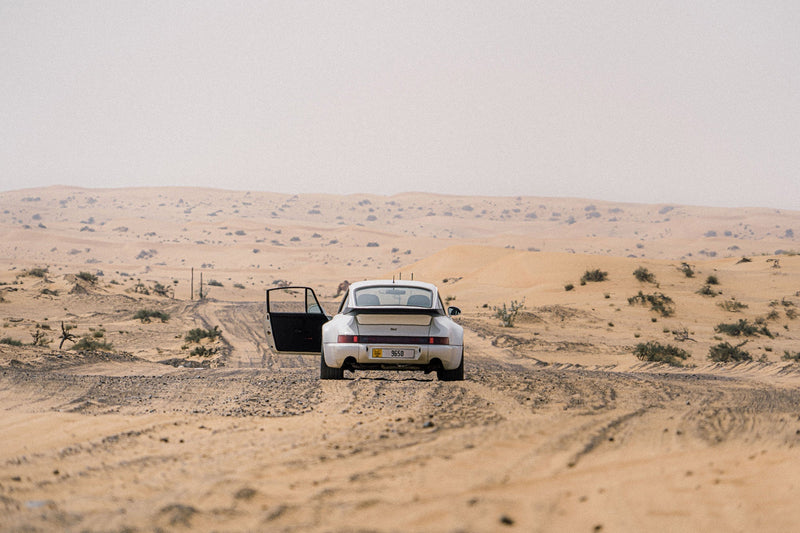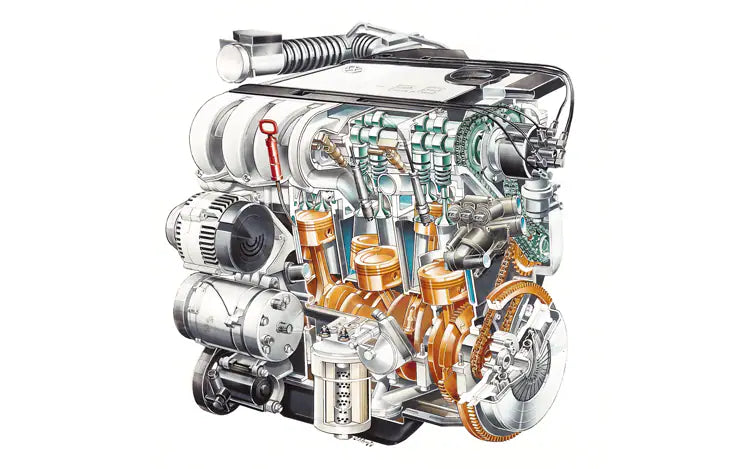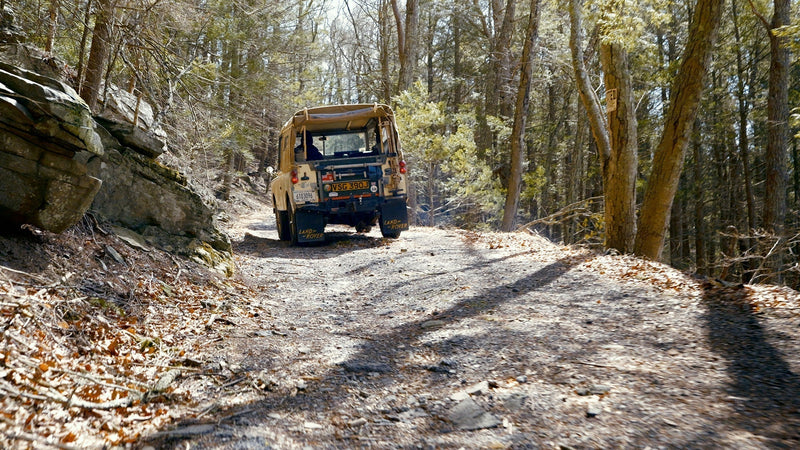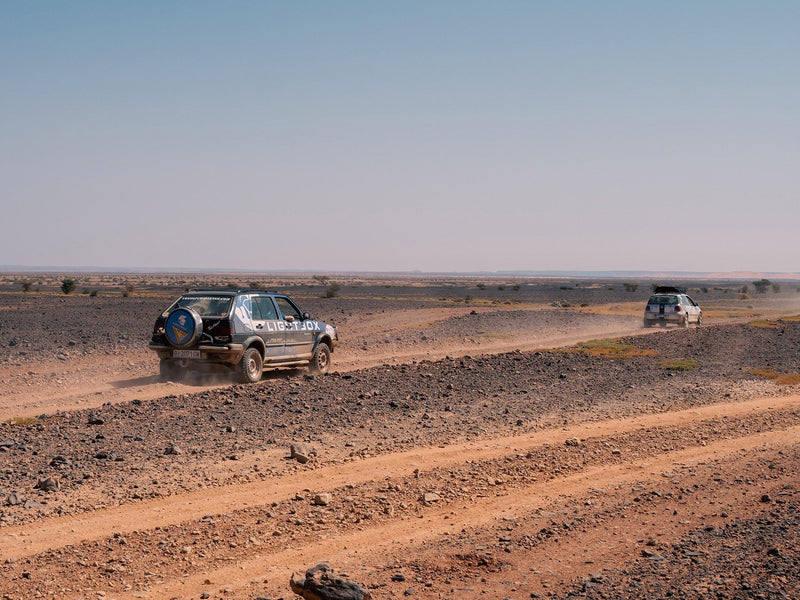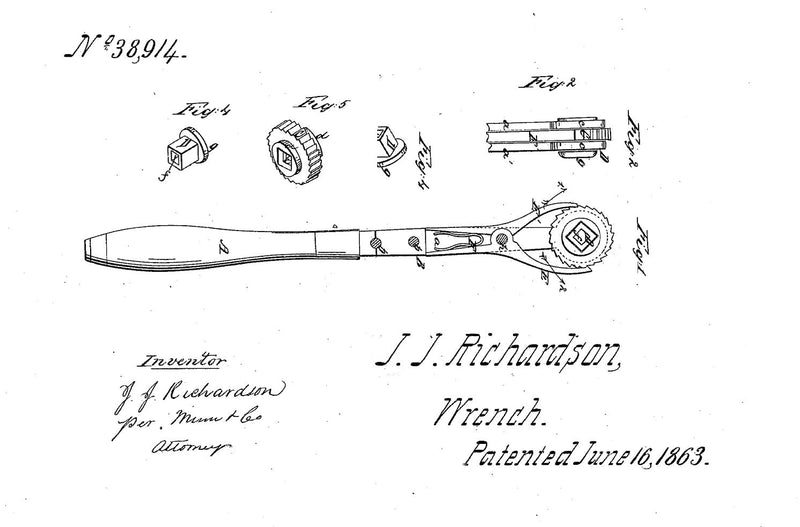Once you drive about an hour north of Anchorage, beyond the safety of exurbs like Palmer and Wasilla, it is possible to drive nothing but dirt roads all the way to the end of the earth.
There is also the relatively modern Parks Highway that was completed in the 1970s that connects Anchorage to Fairbanks though, which brings tour buses directly to the gates of Denali National Park. On my drive, I opted east before I wound north to connect with the Denali Highway, which is a 135-mile dirt and gravel road that slices through tundra so rugged and remote that caribou hunters sleep on (and shoot from) its shoulders, and signs warn that the next gasoline is 137 miles away. Before the Parks Highway, this was the only access to the Denali National Park. It closes now for the winter, which lasts from September to May.







Topping off the tank in the Toyota is an expensive proposition, but it’s better to leave the jerry cans full, because you never know. Cell service is null, and the only laws of the land pertain to hunting and fishing. As soon as you reach the left turn that marks the beginning of the Denali Highway, the last remnants of the manmade world around you melt away immediately, and your brain scrambles to process the scale and consequences of your decision. The hills loom larger, the tundra unfurls in its blazing peak-of-fall foliage, and the wind is biting harder than ever.
My dog Hank and I’s progress slowed with the change in surface and with the arresting scenery that evolved with every mile. It was impossible to bypass the vistas and intrigue of this side of Alaska. It felt we were far more than four hundred miles from the glaciers and puffins of the Kenai Peninsula; the wilderness is so vast and dense that the miles seem to measure differently here.





Hank studied the wind with an especially curious, nose-twitching sniff. I wondered what invisible creature or weather system he detected, and he looked at me with a knowing nonchalance before trotting off in search of a stick to destroy.
The length of days made the duration of travel deceptive. The green digital clock on the Land Cruiser’s dashboard said it was a quarter past eight, but the sun was far from setting here. We still had many miles to cover before reaching the single encampment on the entire Denali Highway, where I hoped to drink a beer and experience the atmosphere of a mid-week hunter’s diner in the dead center of an isolated dirt road. If not, it would be another night of canned beans and tortilla chips.


When I arrived, I was regarded with a rugged leeriness. The elderly woman at the counter was juggling about a dozen duties at once—deep-frying frozen chicken wings, operating the switch for the gas tank, balancing a paper ledger, and several other tasks that I couldn’t quite discern. Once I greeted her and said I’d like to stay for dinner, she melted from taskmaster to grandmother and her adult son walked out and slapped down a menu with the warmth and veracity for spoken word that characterizes people who play host in the most remote corners of the planet.


Two hunters in their camo uniforms ate in greedy silence while I chatted with the hostess from across the room. A speaker played country music and when one of the hunters heard I came from Texas, he said, “Ah, that’s a cute little state.”
* * *
After a frigid, silent night, Hank and I rose early. I made some camp coffee and a PB&J and then headed out, eager to find some of the bountiful arctic grayling that my Alaska road map promised me was swimming in just about every roadside body of water along this strip.



We drove on, bushwhacking and nervously hiking along streams throughout the unreal surroundings. The map warned of bears at almost every trailhead, campground, and other point of interest along the entire route. In the eerie grey light, amber shoulder-high shrubs, and fluttering wind, it seemed likely that there were thousands of bears hiding just outside of sight. Instead, the silence was interrupted by the occasional far-off rifle crack, which only served to make me aware of how quiet it was otherwise.
A day of successful fishing, driving, and marveling ended when we connected with the Parks Highway and coasted into Healy just before another late-night sunset. I set up basecamp and left Hank cozy and full before strolling around for pizza and beer. The next day would be a breakneck tour of Denali by mountain bike.



I planned to take a bus into the park, ride along the 93-mile gravel road through the Park as far as I could bear, then take the bus back again. On that ride, the long intervals between passing busses made the previous days feel crowded.
In Denali National Park, bears abound, rock ptarmigan birds strut jauntily in the open, and the wind howls across the passes. In early September, fall was nearly over in the park, and vividly colored leaves blew off the bushes with every strong gust. The visible mountains were covered in snow, their mercurial peaks cloaked in the clouds.
We followed the infamous dirt road to the Stampede Trail, the site where Chris McCandless hopped out of his pickup truck and went off Into the Wild. It was striking how near and how far it was, how enveloping the landscape is in total.

If Anchorage is the gateway to Alaska, then Fairbanks is the beginning of the end of civilization. It is basecamp for every foray into Alaska’s wild. It is one of the few cities in the state that most lower-48 Americans can name, though it is dramatically smaller than Anchorage and a solid six hours straight north. In its downtown, you can find such offerings as “The World’s Northernmost Thai Food” and “The Furthest North Used Record Shop on Earth!,” and a quick glance at a map hanging inside the “Most Northerly Bookstore in the Western Hemisphere” seems to confirm their claims— unless you can get pad thai in Northern Greenland.
In a frenzied dream many months prior, I felt called to dip my toes in the Arctic Ocean. And through all manner of highs and lows, I found myself reinforcing exhaust mounts in an O’Reilly’s parking lot a mere 550 miles away from the shores of the Arctic.


When you leave Fairbanks, the city disappears at once, immediately. There is no fadeout or outlying suburbs, no gradual exchange between wild and civilization; they collide violently. Cell phone service disappears instantly, and then Alaska Highway 2 bobs and weaves for 87 miles to the beginning of the long gravel road to the oil fields at the edge of the ocean.
A stop at the Dalton Highway sign is as normal and anticlimactic an occasion as a stop at a roadside sign welcoming visitors to Colorful Colorado or The Lone Star State, places where there’s a line on a map but none in the sand. Aside from the punishingly thick mud that seemed to be everywhere and on everything, there was nothing extraordinary about the beginning of the Road to the End of the World.

My cartographic reality was preposterous, the experience prosaic. As usual, Hank and I tip-toed and picked our way through the muck, snapped a few photos, and strolled around in aimless circles, absorbing the cool air and blissful silence. Milepost 0 stood sentinel beside the muddy road. Thirty hours of focused existence separated me from the faraway dot on a map that captured my imagination and pulled me here with the same magnetism that creates the Northern Lights.
We set off down the sloppy road, and the Land Cruiser came into its own again. Humming along at forty to fifty miles per hour on the harshest surfaces in the highway system, faraway from tools or garages, the truck swelled with bravado. It was home.
One mile after another, the Dalton Highway rolls onward through woods and hills not altogether unfamiliar, if a bit more varied in fall color and intensity than most I was familiar with. It’s not until you notice milepost 60 that it becomes evident your sense of scale has been completely skewed, that what felt a mere jaunt through the woods was actually nearly two hours of driving in a machine that feels modern in this context.
Crossing the Yukon River on the 2,295-foot-long, wood-surfaced E.L. Patton Bridge further drives this point home. The Yukon is as large as the Mississippi as it nears the Gulf, and it seems to move faster in its conniving motion. The low summer sun shimmers across it and hints at the gold that drew so many brave souls to its banks from the noisy wooden vantage point hundreds of feet above.

The Trans-Alaska Pipeline looms large overhead then dips below ground, only to appear on the other side of the road. The journey is an endless zig-zag between road and pipeline, and every oncoming vehicle is a friend who deserves a wave.


* * *
We spent the majority of the day driving, making occasional stops to throw a fly in the countless streams that cross the Highway or to hike up rock formations wherever they appeared along the road.
We finally reached Coldfoot, the lone encampment along the Dalton, just in time for the end of the camp’s dinner buffet. It was a shocking smorgasbord in an area so remote that it was hard to understand where the tap water and electricity came from.





Truckers and oilfield workers huddled around the bar and exchanged friendly jabs with the bartender, a fiercely independent young woman from Colorado who was working at Coldfoot Camp until the summer wound down, before beginning her own journey southward by motorcycle. She planned to reach Argentina, following the good weather across the hemispheric inflection point, an endless late-summer and life on the road.


I smuggled Hank into my dorm-style bunk to stay out of the cold and absurd grizzly country, and stared at the ceiling for what may have been hours. I’d heard rumors of spectacular auroras in the region and desperately wanted to stay awake for the prime viewing hours, which began sometime around two in the morning. I smelled Indian food cooking down the hall in spite of the ban on flames in the building, and heard the plod of heavy work boots in the hallway. It was one of the most bizarre places I’ve ever laid my head (which is saying something), but it was also one of the most singular. I could feel every second and every ounce of my being leading towards that goal on the shores of the Arctic, which I would reach soon enough.
My phone alarm buzzed, and I stumbled out into the freezing cold to find a group of people huddled in parkas, passing whisky and curry and kicking their toes in the blocks of frozen snow already piled in the corners of the deck. They poured me a cup of the strong stuff and showed me pictures of the Northern Lights from the night before, and assured me they were coming. And then they did. It was a silent, wonderful thing to watch lights ribbon in and flap around in the sky, lighting it ablaze in green before the glowing clouds rolled in. I stood with that group of strangers until the Lights went out, and then crawled into bed again in the cold, stale room.

* * *
The alarm went off again far too soon. I had another full day covering the remaining 240 miles to Deadhorse. I ate breakfast in the mess hall and filled up the Land Cruiser with blisteringly expensive gas and walked Hank one more time before our drive.


This leg included zero miles of pavement, a crest of Ataguin Pass, and a descent down the famed North Slope. The colors of the tundra slowly yielded to snow, until our surroundings were buried and we were climbing up the steep south face of Ataguin at a glacial pace. At the Pass, I got out and stomped around in the snow and slush and screamed into the “Avalanche Zone.” It was an exhilarating place to be for so many reasons. And, when I hopped in the truck, it was all downhill from there—the North Slope is, quite literally, a massive, gradual slope from the Brooks Range toward the Arctic Ocean. The last tectonic disruption yields to the Ocean’s flattening forces.




The drive was snow-covered and treeless, and the places that weren’t buried were soggy with above-freezing permafrost. Hour-long stops for construction crews are common, and there’s little to do but make conversation with the flagger, who always has tales of some older vehicle and longer trip that someone else they talked to was on.
The caribou hunters rarely venture this far north, and the Pipeline is no longer cautiously guarded by barriers and gates. Evidently, geography is deemed sufficient security at this point on the old Haul Road. Wildlife seems to feel the same way, and as soon as utter exhaustion set in, I was halted in my tracks by a herd of muskoxen. A mere five miles from the end of the road, the animals huddled on the surfacing and embankment, grateful for its relative dryness and warmth as they watched the sun slowly set.


They were entirely unperturbed by my truck, and so I sat and watched them while Hank respectively stared and whimpered with a distinct curiosity. After all the bears and moose, muskoxen seemed downright strange. I watched them until I realized many minutes had passed; my window of time for arranging a bunk in Deadhorse was rapidly closing.
* * *


There is no camping or true public lodging in the corporate oil town, but a tenuous arrangement made by spotty phone call had secured me a spot in one of the corporate camps so I could rest easily and commune with some of the enigmatic men and women who spend half of their time at the edge of the Arctic Ocean.
“Which company are you with?” the woman at the desk asked me.
“I’m actually a, uh… I’m just visiting on my own.”
“Oh! You! I was worried you weren’t going to make it.” She pulled a lone envelope from the side of a metal filing cabinet and noted that the front desk closed in thirteen minutes and all services were already shut down for the night but would reopen at 0500. I walked back outside to explore the grounds with Hank who was pointedly unwelcome in the sterile building.
Deadhorse was industrial and solemn and forcefully beautiful. My Toyota looked exotic in the sea of white domestic heavy-duty pickup trucks. The sunset at the Northern edge of the continent was dramatic and quiet, and it set the tone for a night of fitful sleep in anticipation of reaching my goal the next morning.

And when I stood on the beach of the Arctic Ocean just after dawn the next day, socked in by fog and stung by a very stiff breeze, it was a solemn moment that encapsulated over a year’s worth of highs and lows. Of miles traveled and lonely bar stools and broken hearts and greasy hands. I knew that even though I was only halfway done with my road trip, I had clearly reached the finish line.




